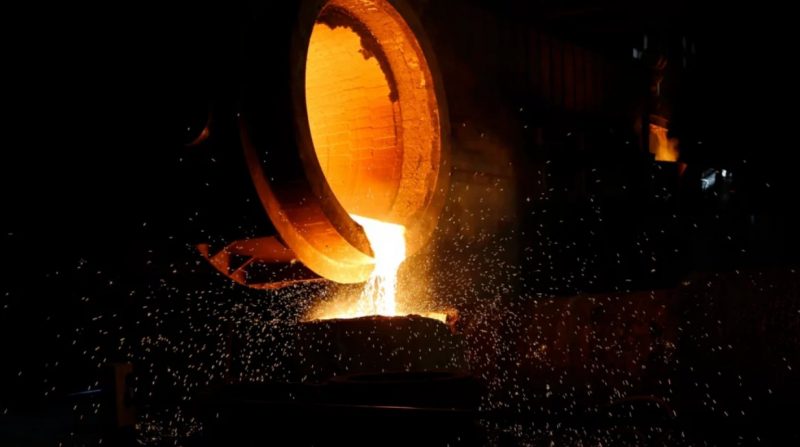
Reducing Steel Production Costs with Green Iron Imports
A recent study by Agora Industry shows that European steelmakers could lower production costs by 12-15% by 2040 by importing green iron. This strategy involves supplementing domestic steel production with green iron, which is produced using hydrogen-based methods. The reduction comes from the energy-intensive nature of green iron, which is the most costly phase of steel manufacturing.
Green iron offers a cost-effective solution while advancing sustainability efforts in Europe. Favorable policies and strategic international partnerships could reduce emissions, enhance competitiveness, and safeguard value chains. Green iron could be imported from regions such as the Middle East, North Africa, Australia, Brazil, and South Africa. This approach helps diversify supply sources and mitigate risks from rising hydrogen emissions.
Strategic Benefits of Green Iron Imports for Europe
The research highlights that green iron imports not only lower costs but also promote Europe’s transition to green steel. The European Union (EU) aims to build a competitive green steel sector, which could become a cornerstone of its industrial policy. Julia Metz, Director of Agora Industry, emphasizes that trade in green iron could strengthen Europe’s global position while ensuring sustainability.
The report outlines a three-phase strategy for green iron integration. In the first phase, the EU would replace traditional blast furnaces with hydrogen-based Direct Reduced Iron (DRI) plants. This step would scale up renewable energy and hydrogen infrastructure. The second phase focuses on developing green iron value chains and creating a single market for green steel within Europe. The third phase involves establishing international partnerships to diversify supply chains and reduce costs.
Global Partnerships and Cost Savings
Importing green iron from different regions could lead to significant cost savings. For instance, importing from the Middle East or North Africa could reduce steel production costs in Germany by about 12%. Supplies from other major steel producers like Australia, Brazil, or South Africa could cut costs by up to 15%.
However, challenges persist. Companies like Rio Tinto and BHP question the economic viability of green iron production, especially in Australia. Rio Tinto argues that there are insufficient economic incentives, while BHP believes the required investments will not yield a profitable return. Despite these challenges, the potential for green iron imports to lower costs and support decarbonization remains key for Europe’s steel industry.
SuperMetalPrice Commentary
Importing green iron offers a significant opportunity for European steelmakers to reduce costs while advancing sustainability. By sourcing green iron from international partners, Europe can lower production costs and maintain competitiveness in the global steel market. However, addressing the economic feasibility of green iron production, especially in regions like Australia, is essential. As Europe moves forward with its green steel strategy, balancing cost reduction and sustainability will be critical for long-term success.


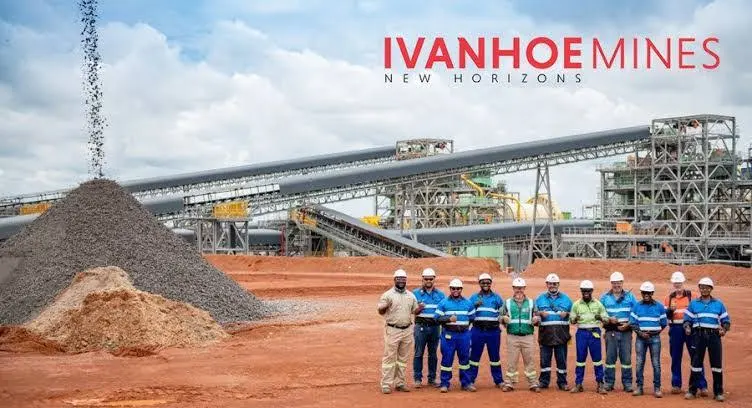

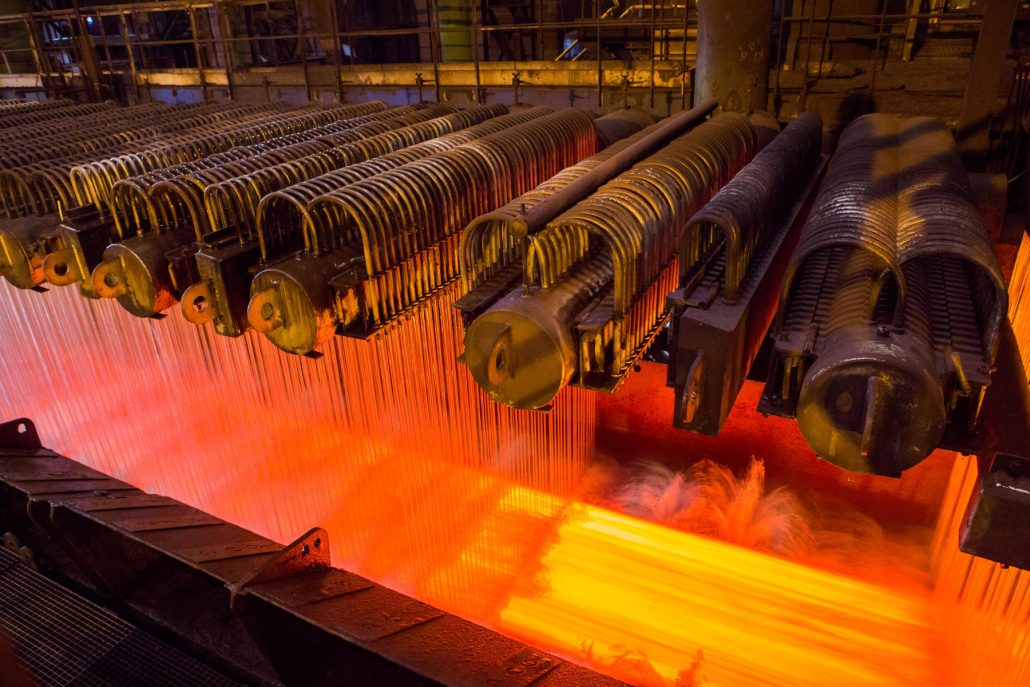


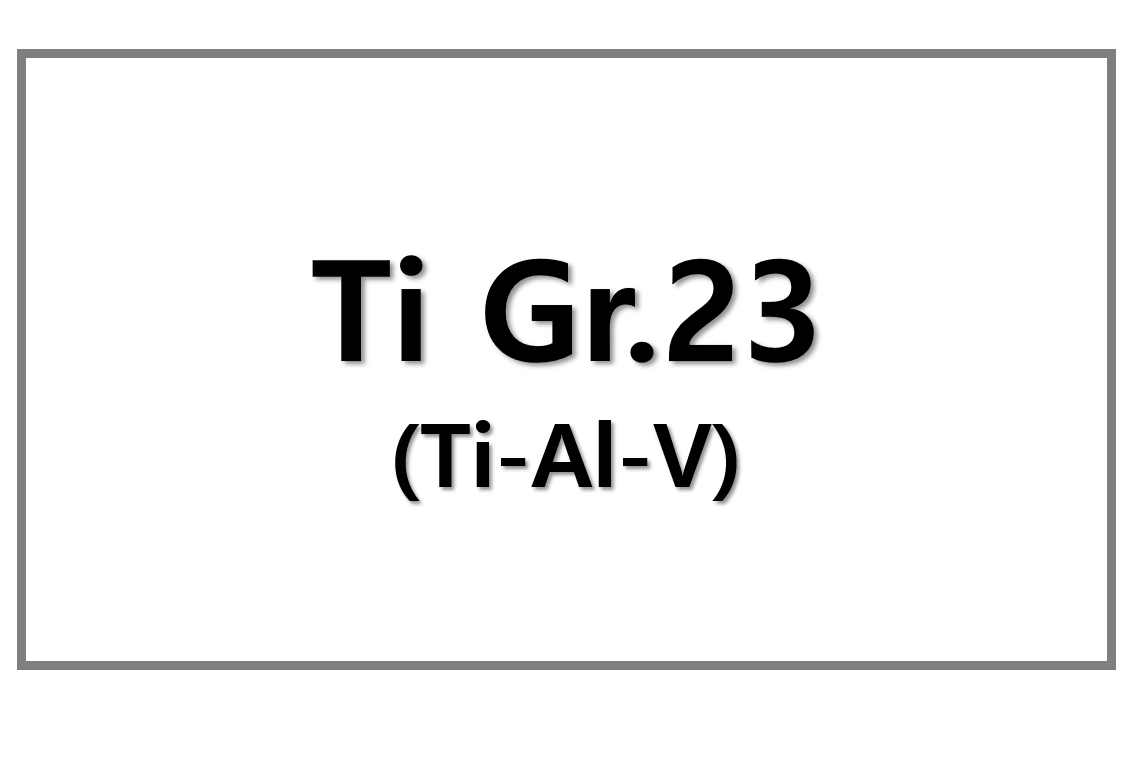
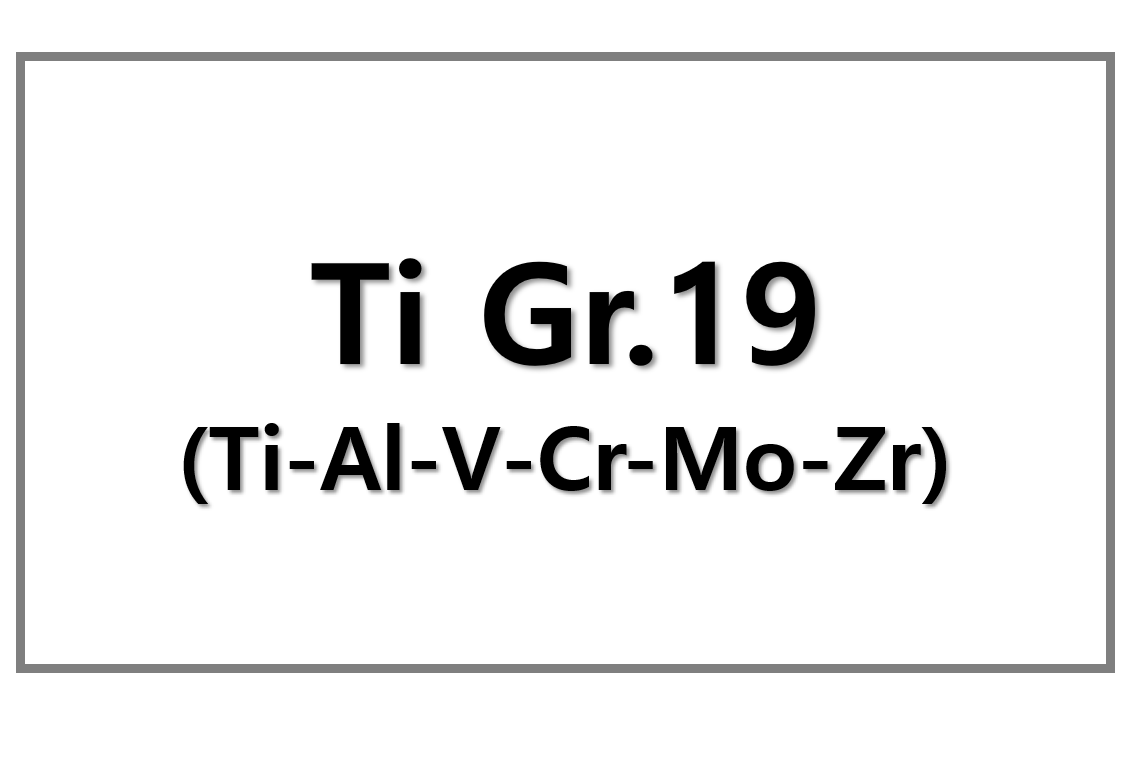
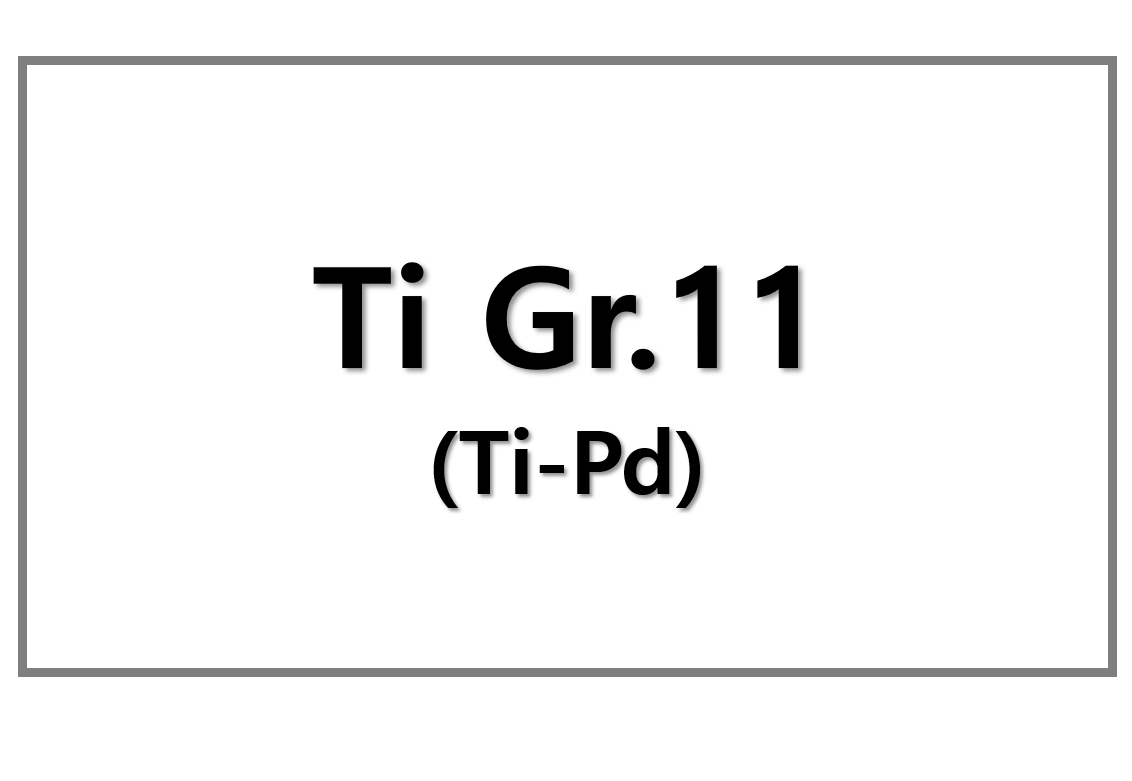
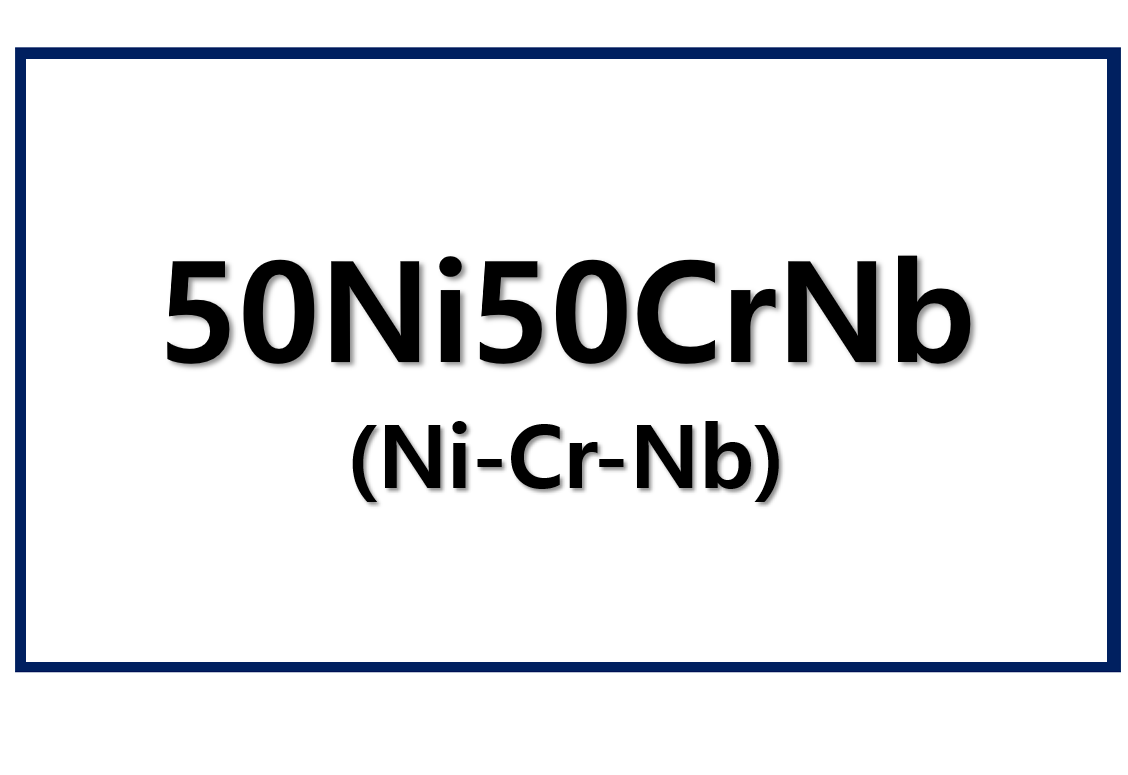
Leave a Reply
You must be logged in to post a comment.